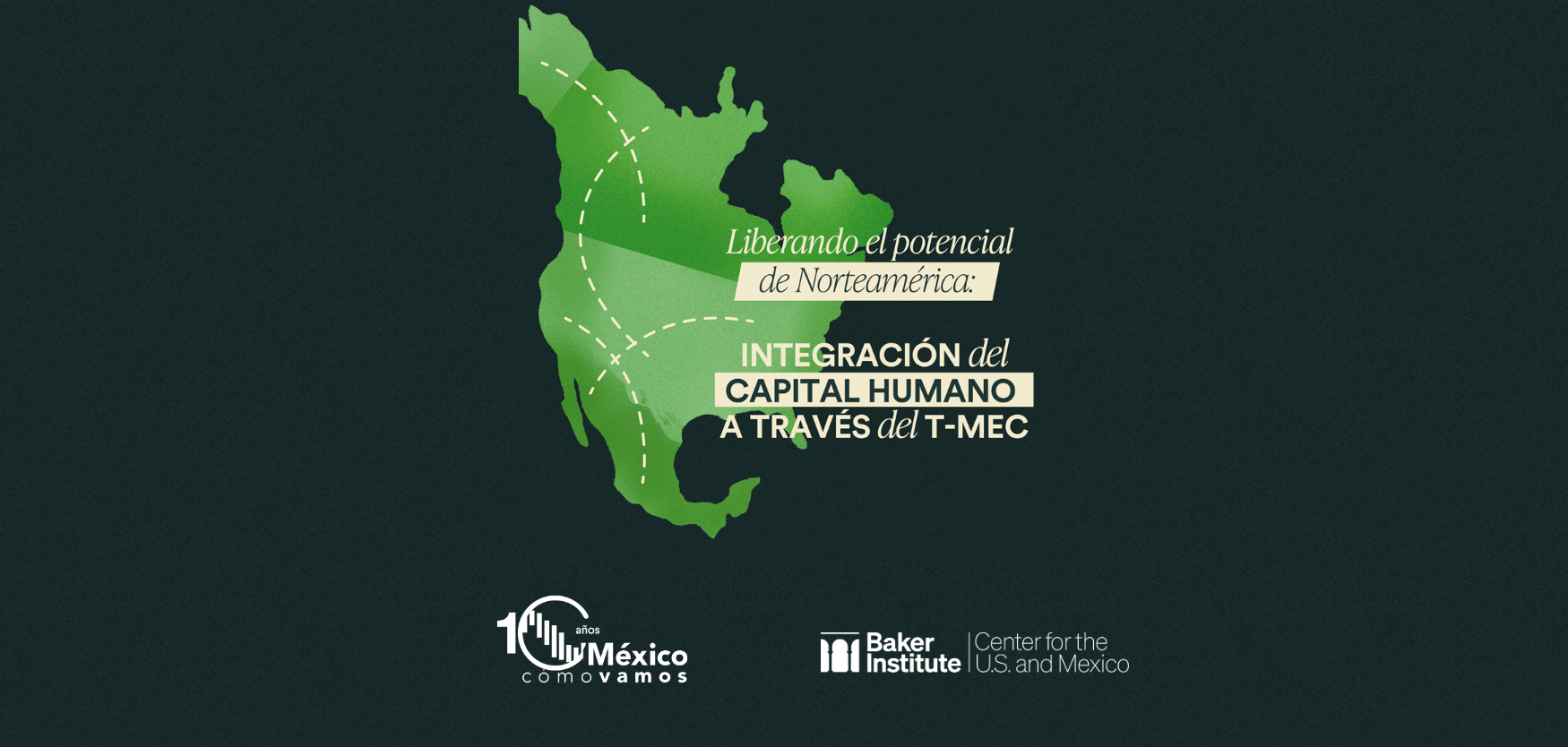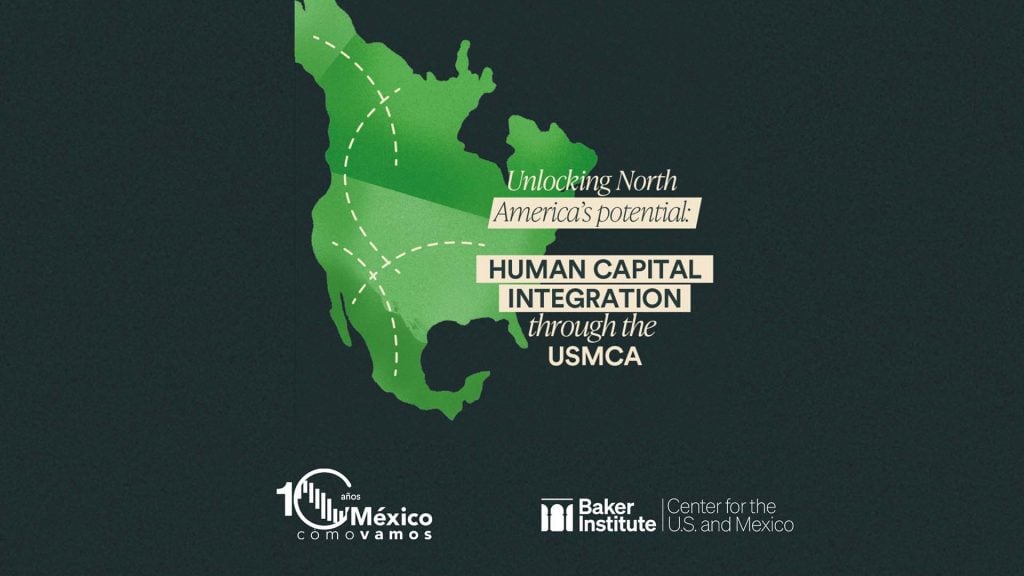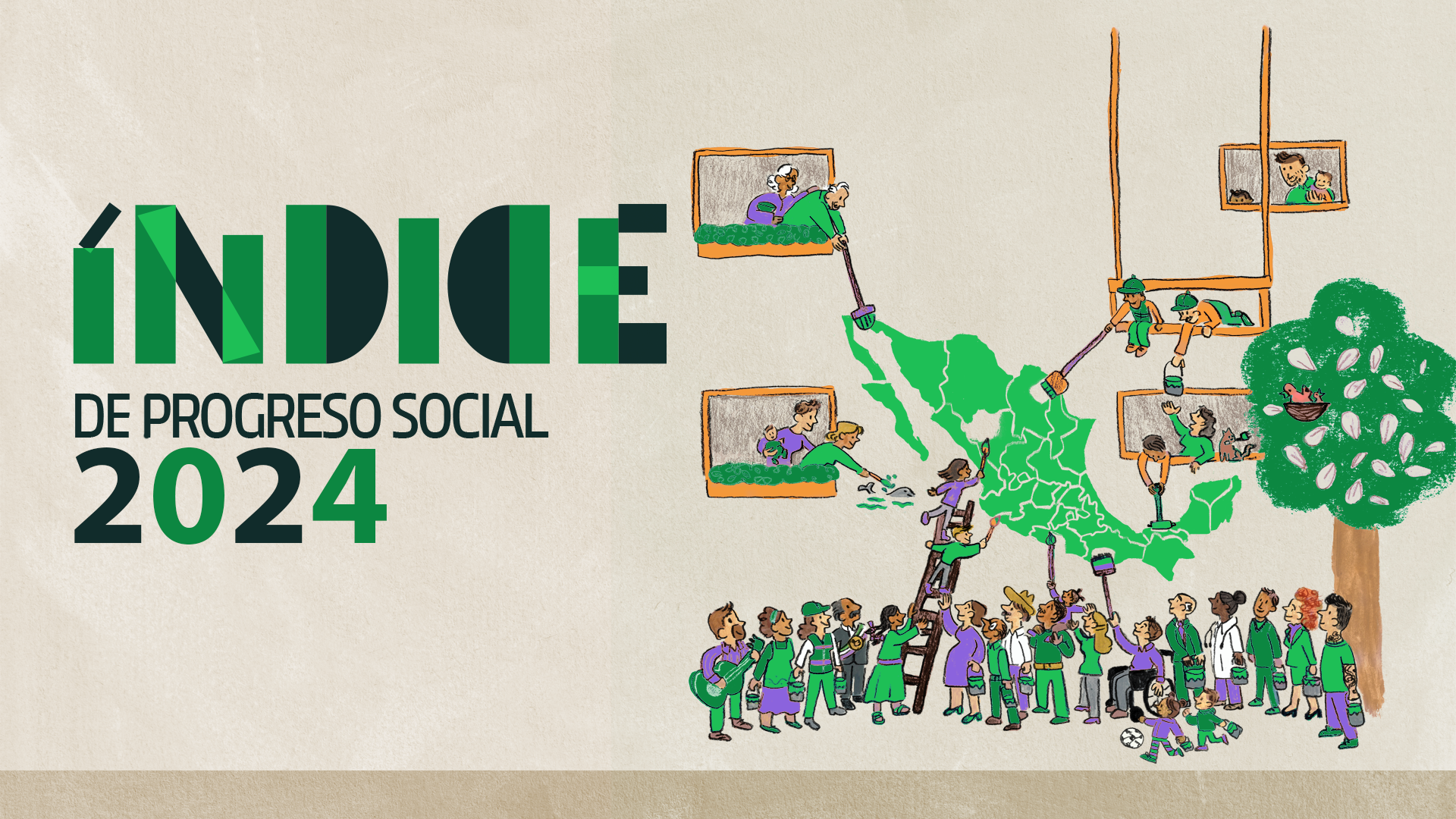
It is said that geography is destiny. Today, the demographic composition of countries shows, as never before, a series of significant challenges and opportunities. Aging and declining populations in major economies are generating financial pressures, productivity issues, and economic capacity constraints.
In the United States, for example, the civilian labor force decreased by half a million people last year. This is because the baby boomers (the largest generation in history) are exiting the labor market, while the younger Generation Z is replacing them. This decline in the civilian labor force will continue for at least the next ten years, until the children of millennials grow up and enter the workforce.
An additional problem to the decreasing number of workers is the increase in retirees due to an aging population. This simultaneously generates significant pressures on the public health system and the pension system.
Despite this, consumption in the United States continues to rise. Economic dynamism and growth persist. This has led to an unprecedented situation: the labor market has more job vacancies than unemployed people. In other words, even in a hypothetical scenario where 100% of the population had a job, there would still be hundreds of thousands of unfilled positions.
China faces an even greater problem. Its population is not only aging but also shrinking. Since 2017, China’s birth rate has dropped by around 70%. If it is a problem today, in the coming decades, it could become a catastrophe. If not efficiently replaced by technology, China’s productive capacity will significantly decline in the coming years, creating opportunities for other economies to fill those gaps.
Mexico, on the other hand, has a healthy population pyramid similar to China’s 30 years ago. The average age in Mexico is 29 years old, eight years younger than the U.S. population and ten years younger than the Canadian population. Additionally, the total population continues to grow, and Mexico is one of the OECD countries that produces the most engineers. However, the new industries looking to establish or expand in Mexico – semiconductors, electric vehicles, medical devices – seek highly skilled and bilingual labor, which is not necessarily available in Mexico.
The United States wants, must, and needs to remain the world’s superpower, but it cannot achieve this alone. The USMCA, the CHIPs & Science Act, and the Inflation Reduction Act are historic trade and industrial policies, with the central goal of reshoring industry in the country, anchored in North American regional integration and distancing from China and other Asian countries.
There are fiscal mechanisms, government support and investments, trade agreements, regional dialogue platforms, and industrial policies. What is missing? The people.
Migration policy in North America, as in any other region of the world, coexists in two universes that do not always operate under the same rules and logic: the political and the economic.
When we see the application of economic stimuli in the United States and the dynamism of the American economy, also driven by nearshoring, on a limited labor force, the logical consequence would be to attract labor capable of sustaining and driving this system. In fact, that has been the winning formula for the United States since its founding.
Additionally, Mexico needs to leverage U.S. knowledge, technology, and capital to propel accelerated and robust economic growth. The key lies in integrating Small and Medium Enterprises (SMEs) into regional value chains. For this, we need more people with binational connections to serve as bridges for investment, knowledge, and capital.
Migration and labor mobility of our talent, at least as far as the binational private sector is concerned, is an opportunity to increase competitiveness. The private sectors of both countries should bet on broader channels for the flow of talent. Concepts such as circular and seasonal migration should be explored. We must look much more into academic exchanges between both countries, primarily by facilitating access to financing and scholarships. We need to create professional certificates valid throughout the region for agile and expedited talent exchange. The next step to secure the era of North America is to facilitate the mobility and employment and educational opportunities of people between Mexico, the United States, and Canada. There is no doubt that this is the next step on the agenda.
Click on the postcard below to go to the site.



















